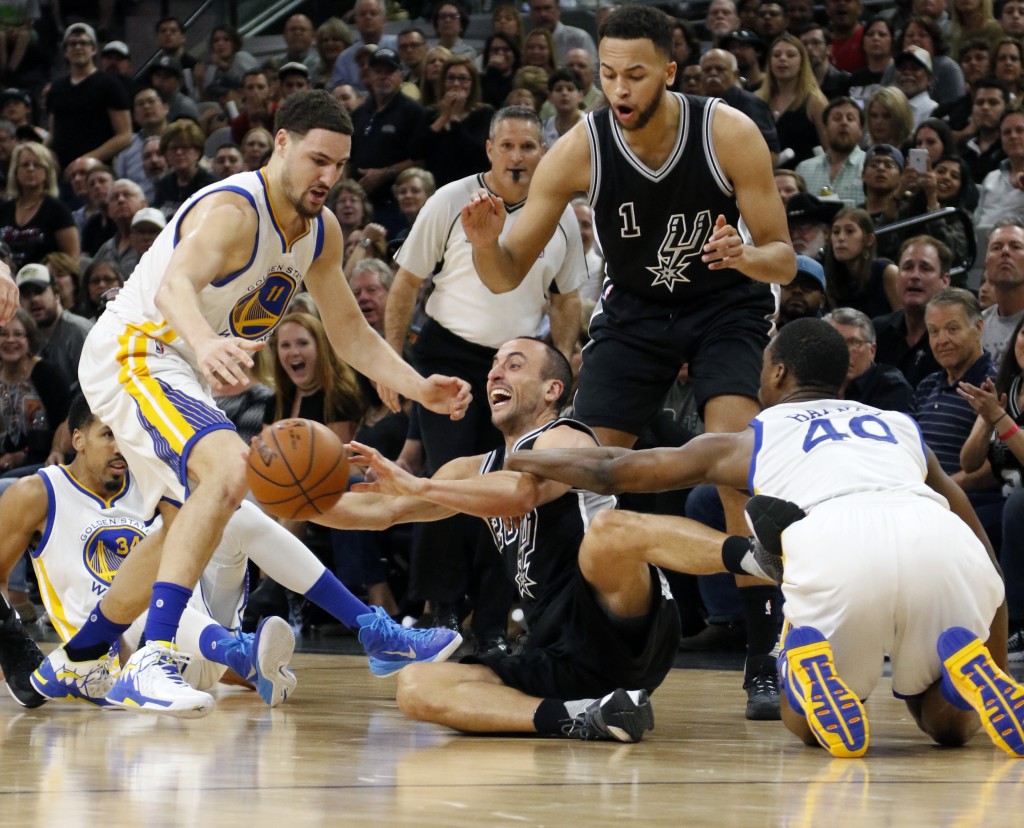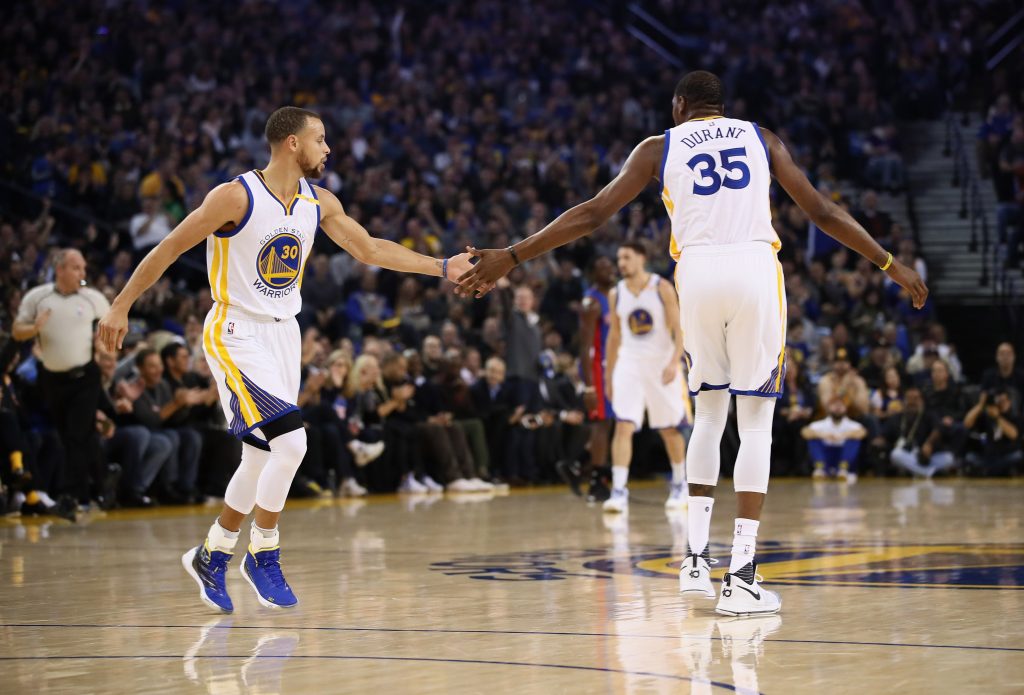Following the San Antonio Spurs’ Game 2 win over the Houston Rockets in the NBA’s Western Conference Semifinals, it was revealed Tony Parker would miss the rest of the playoffs.
While the 34-year old Parker is far from what he used to be, his 10 points and 4.5 rebounds per game this year were useful additions for the Spurs. His playoff production was up, and served as a key factor in how they’d fought for a 1-1 series tie at the time.
During a thrilling Game 5 victory over Houston, San Antonio’s star (and perhaps the NBA’s best) player Kawhi Leonard went down with knee and ankle injuries. Despite the close win — by way of Manu Ginobili block — giving the Spurs a 3-2 advantage in the series, losing Leonard for at least Game 6 looked as if it would be a death knell for San Antonio.
Without Leonard and Parker, the Spurs went to Houston and smothered the Rockets, 114-75. LaMarcus Aldridge scored 34 points, and five other San Antonio players scored in double digits. They held the Rockets to just 28.6 percent shooting, and James Harden only scored 10 points on the night.
It ends up the Spurs are not a team, necessarily. But a machine; a complex basketball program, orchestrated by Gregg Popovich to quickly adjust to circumstances and win. It shouldn’t be surprising to those who’ve watched this team during his long tenure as coach. In fact, it’s always sort of been this way.
Hall of Famer David Robinson retired in 2003, and the Spurs improved afterward. Tim Duncan retired just last year, and there’s a case to be made that San Antonio improved without him as well. That’s not to take away from the two legendary big men’s talents or accomplishments. But just to point out that Popovich has always found ways for this team to adapt to the changing circumstances.
At the twilight of Duncan, Ginobili and Parker’s respective careers, the team was still able to reel off a fifth title (in 2014) because of the rise of younger players like Leonard and Danny Green in that NBA Finals series vs. the Miami Heat. Leonard took home MVP honors in those Finals. He’s been the NBA’s Defensive Player of the Year in the two seasons since. In 2017, he could end up collecting his third straight such honor.
But despite all of those accolades, and the obvious advantages he brings to this team (especially the over-25 points per game), you wouldn’t have known the Spurs were missing anyone during their game six demolition of the Rockets.
Aldridge, the team’s rare star free agent pick-up (in 2015) carried the bulk of the scoring, sure. But 36-year old Pau Gasol chipped in with a double-double as well. Patty Mills, Dejounte Murray and Danny Green all got in on the scoring act, too. Jonathan Simmons, who averaged just six points per game during the regular season, capped off a series in which he averaged over 13 points per game with an 18-point effort to help bury Houston. The total was just two points short of a season-high set way back in the early stages of the year.
But now all of this gets put to the test yet again when the Spurs head to Oakland, California for the first game of the Western Conference Finals.
San Antonio has created an adaptable machine over the years, yes. But that machine’s not perfect, either. For a stretch, the Dallas Mavericks seemed to figure it out a decade ago. And the Memphis Grizzlies have as well. But the Golden State Warriors, whom they’ll meet in this next series, could provide the largest burden yet.

The Spurs have faced the Warriors just once in the playoffs recently — a 4-2 San Antonio triumph in 2013 — but Golden State’s style of play and athleticism tested a then-aging San Antonio team greatly. In recent seasons, these Western Conference giants have somehow avoided one another in the postseason, but the regular season matchups have been fierce. San Antonio won two of three this season, and the Warriors took three of four in 2015-16.
For both teams, the trouble is that they’re diametrically opposed to one another, stylistically. Golden State’s pace is top-four in the NBA, while the Spurs are in the bottom four. San Antonio utilizes size to out-rebound opponents, while the Warriors use spacing and positioning to make up for a lack of inside presence (beyond Draymond Green, of course).
The two teams are both brutally efficient on each end of the floor, even if they find different ways to get there. But this series, unlike their previous playoff matchup, becomes the biggest test to see which style of play (and which team’s larger strategy) is superior. San Antonio’s a machine, sure. But so are the Warriors, albeit a more fluid one — but not one without its own questions.

The size issue has lingered for Golden State since last year’s Finals, and there are still moments where the reworked lineup with Kevin Durant is less effective than the one without him (that’s not a knock on KD, but a remark on introducing new chemistry to a pre-existing situation).
So on Sunday, you’ll see two teams take the floor at Oracle Arena, but in reality, they’re two machines. Two opposing forces — one, the Warriors, powered by personality and athleticism. The other, the Spurs, a direct reflection of its no-nonsense coach.
San Antonio has proven many times before that this machine works. Now we get to see this edition up against a worthy adversary. Las Vegas odds say the Spurs have no shot, but that’s probably what you thought about this team numerous times before, too.







